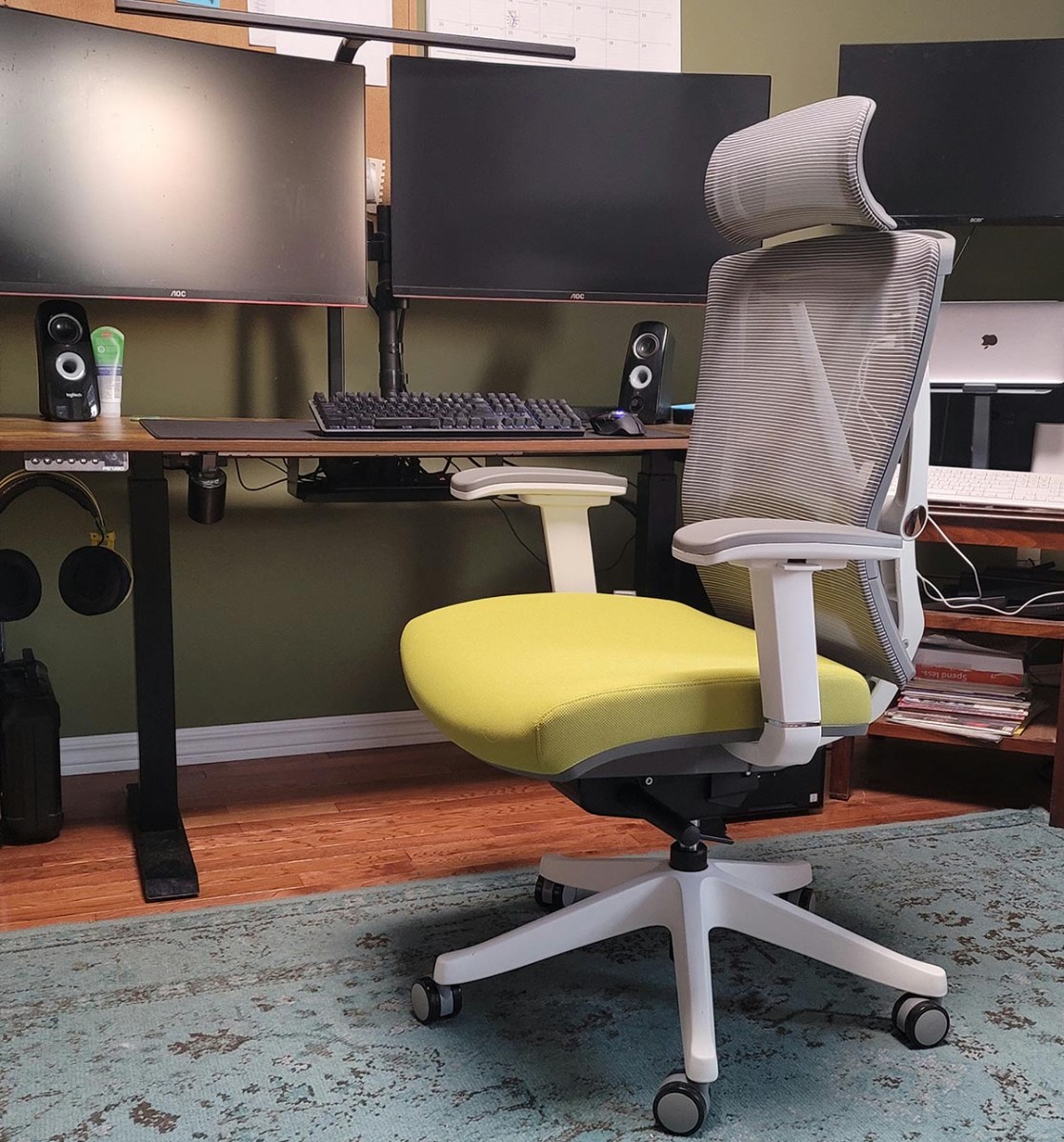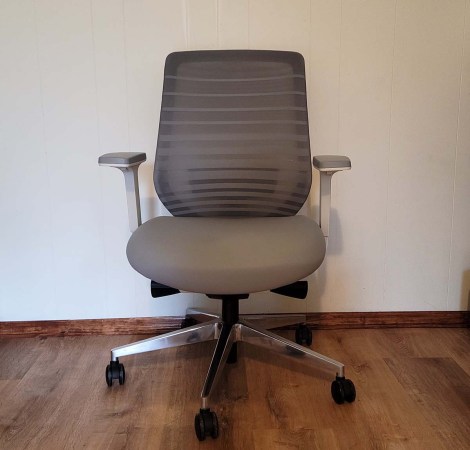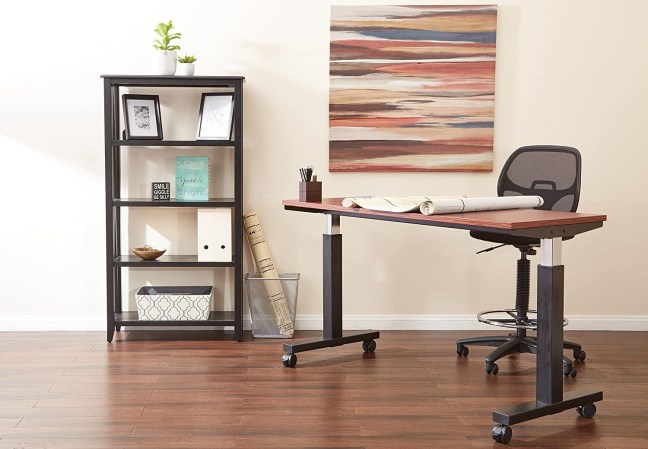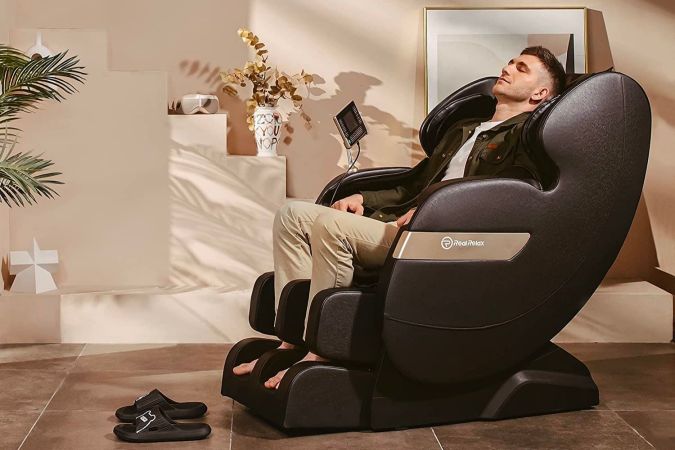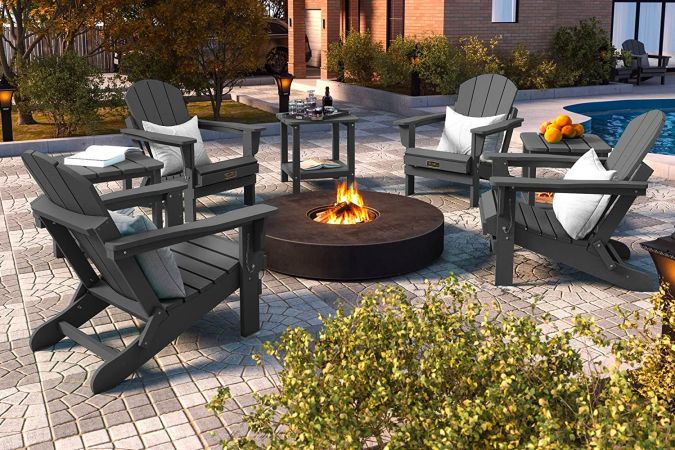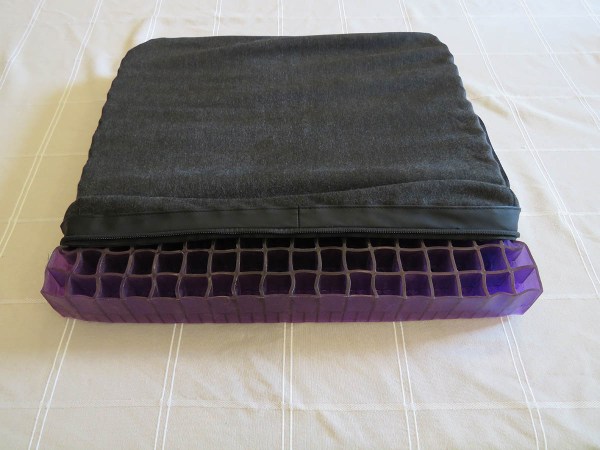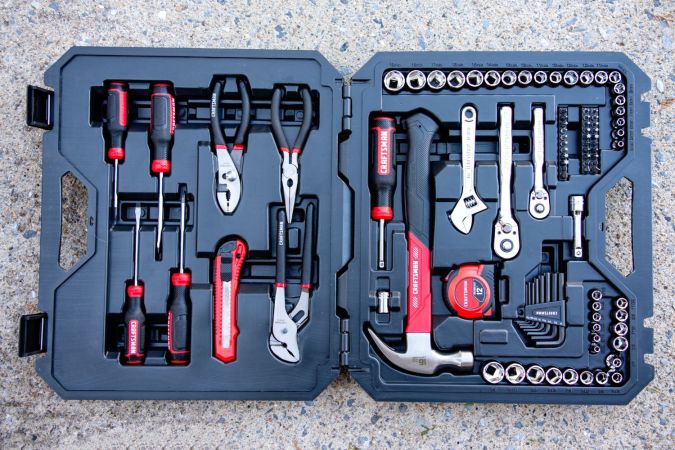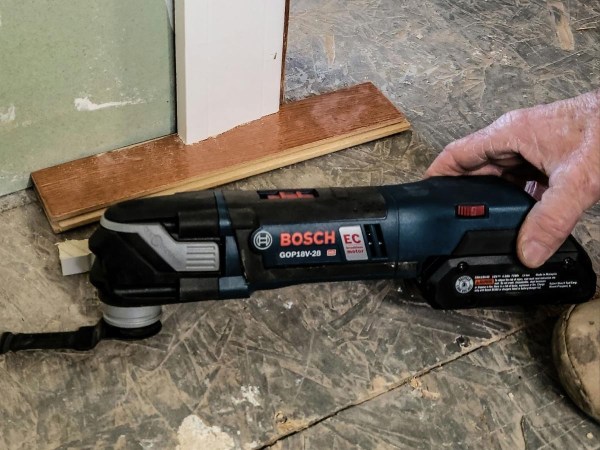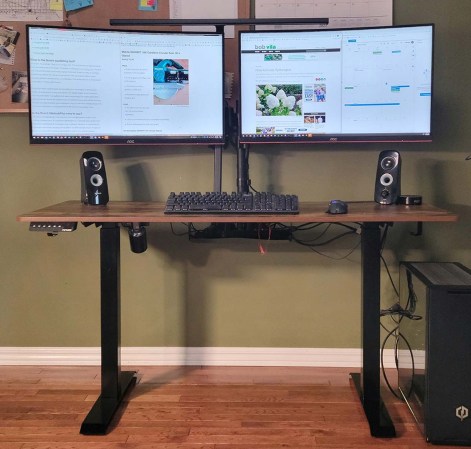We may earn revenue from the products available on this page and participate in affiliate programs. Learn More ›
Those who spend hours a day sitting at a desk know the importance of a comfortable and supportive office chair. Poor posture and uncomfortable seating can lead to back pain, neck pain, and other physical discomforts that can negatively impact work performance and overall well-being. That’s why I put the Autonomous ErgoChair 2 to the test—to see if it delivers on its promise of customizable comfort and lives up to being among the best midrange ergonomic office chairs.
In this ErgoChair 2 review, I’ll share my honest thoughts on this ergonomic office chair’s design, adjustability, and comfort level. Does it live up to its reputation as a high-end office chair that provides the ultimate sitting experience? Or is it just another overpriced piece of office furniture that fails to deliver? Keep reading to find out if the Autonomous ErgoChair 2 is the right fit for you and your work space.
The ErgoChair 2: At a Glance
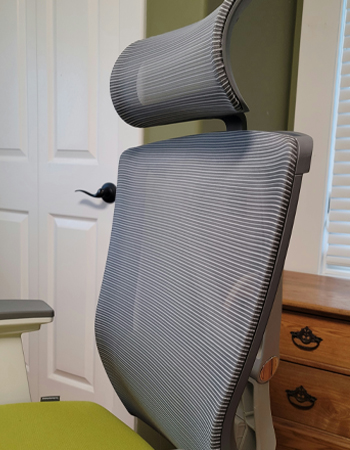
Rating: 6.75/10
PROS
- Tilt and recline functions help to relieve pressure on lower back
- Breathable mesh fabric reduces sweating in warm temps
- Adjustable lumbar support, seat height, and armrest configuration
CONS
- Lumbar support cushion moves up and down, but the actual pressure doesn’t adjust
- Armrests move and rattle when locked in place, which can be annoying
- Seat height range is only 2 inches, which may not be enough for some users
Get the Autonomous ErgoChair 2 at:
Is the ErgoChair Pro the same thing as the ErgoChair 2?
Recently, the manufacturer Autonomous changed the name of its ErgoChair 2 to ErgoChair Pro, but it appears to be the exact same model. In fact, when I ordered the ErgoChair Pro from the Autonomous website, it arrived in a hefty 64-pound box labeled ErgoChair 2. I’ve also found the same chair on Amazon under the name ErgoChair Premium.
From my research, all three of these names represent the same chair, but depending on the place of purchase, the color of the seat cushion may vary. All the adjustment features appear to be the same. Autonomous may be rebranding the chair for any number of reasons, but I’m confident it’s the same chair.
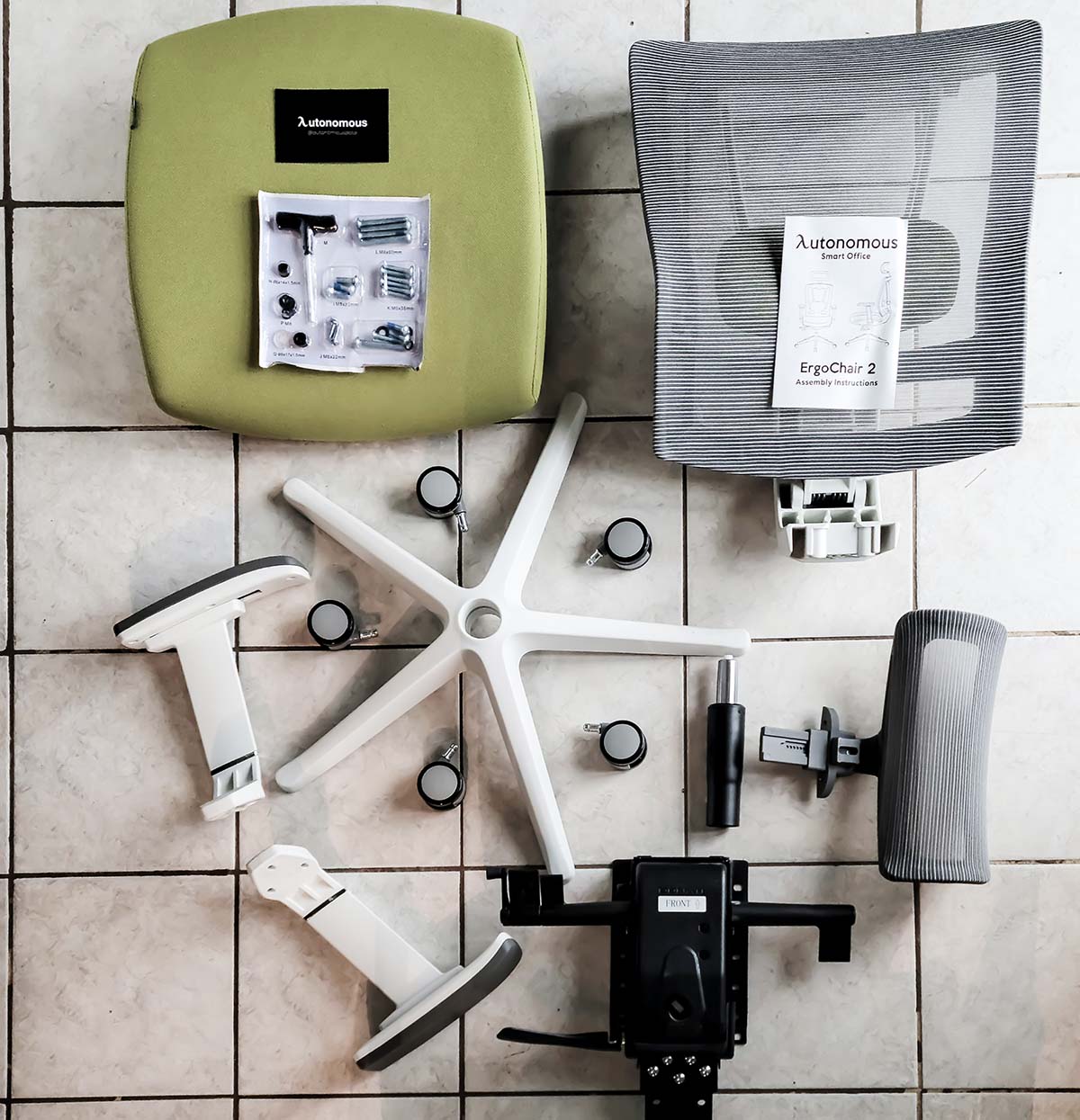
How easy or challenging is it to assemble the ErgoChair 2?
Although the ErgoChair 2 offers several levers and adjustments, it proved pretty easy to assemble in my test. It comes with all the fasteners needed and a booklet with clear step-by-step instructions and illustrations. I assembled the chair in about 10 minutes by myself. Kudos to Autonomous for including a T-wrench along with the fasteners. Many manufacturers include little wrenches that are more trouble than they’re worth, but the T-wrench allowed me to get a good grip on the handle and insert the fasteners quickly and snugly.
Autonomous also included one extra fastener of each size, so I’ll have a replacement if a fastener works loose over time. I’ve assembled many products for testing, but few were as easy to put together as the ErgoChair. This was one of my favorite features of this chair.
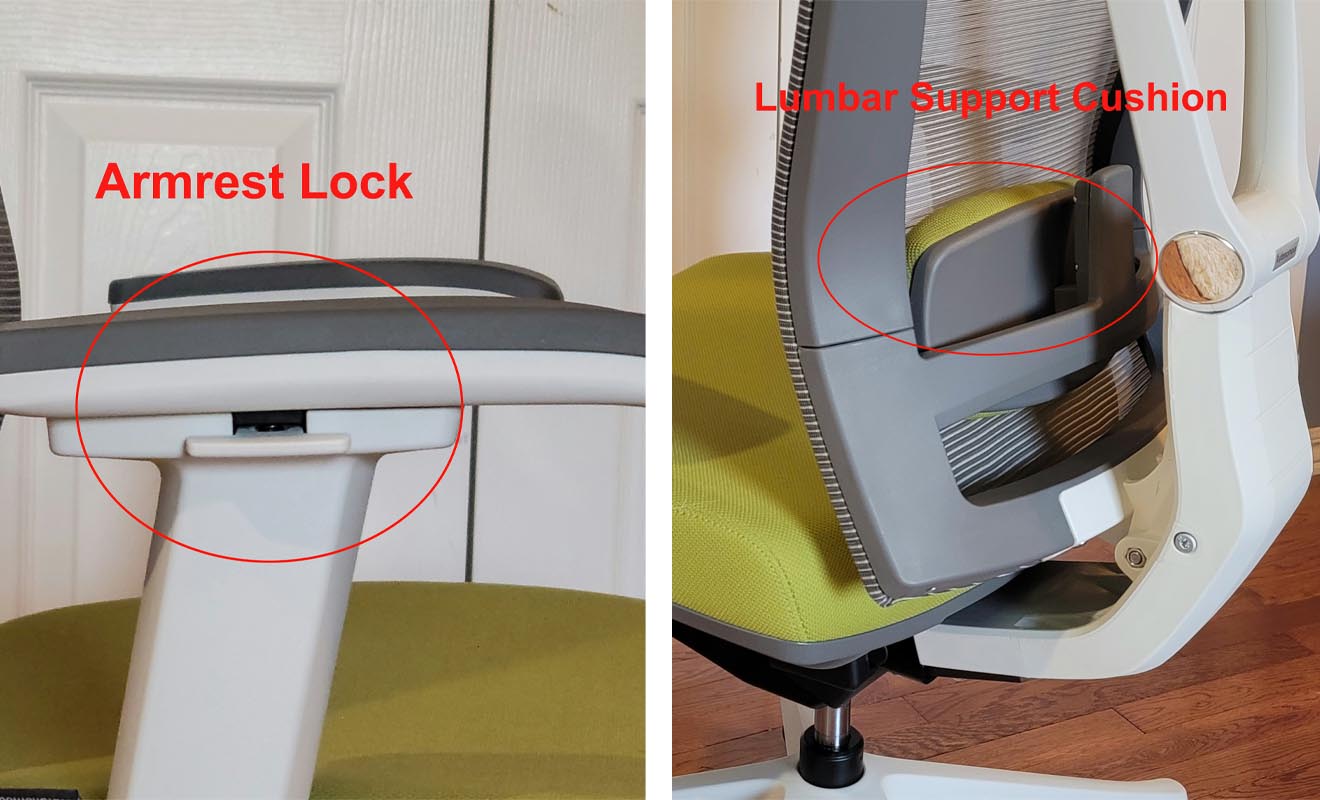
What adjustments are available on the ErgoChair 2, and are they easy to use?
The ErgoChair 2 features several adjustment functions, and some are easier and more intuitive to use than others. The headrest, for instance, was a snap. I could raise or lower it with my hands while seated on the chair.
The reclining function is less intuitive, however. To recline, I first had to pull a lever on the left side to release the backrest, and then I could push back to a reclined position and pull the lever again to lock the backrest in place. Initially, I had to exert a lot of pushing force to get the chair to recline, but then I found a handle on the right side of the seat that I could wind in one direction about a dozen times. This lessened the reclining tension of the backrest and allowed me to push it back using less force.
The armrests are also adjustable, having lever locks on the sides. By pulling the lock upward, I could slide the armrest forward or backward and then lock it in the most comfortable position. While that is easy enough, unfortunately, there is still some play in the armrests, even after they’re locked. They still moved forward and backward about half an inch and rattled around every time I bumped one.
The lumbar support cushion can be adjusted by manually pulling it upward or downward. This allowed me to change the height of the cushion to rest at the small of my back. But the cushion is manual-adjustment only—it doesn’t have a lever. To adjust the position of the support cushion, I had to reach behind my back while sitting on the chair, and with both hands, grab the cushion’s sides and pull it upward or push it downward.
The lumbar support cushion is a nice touch, but the front of it extended a bit too far for my tastes. I felt it was constantly pushing into my lower back too firmly, which got uncomfortable after 15 minutes or so.
Another adjustment, seat height, works similarly to other office chairs I’ve used—via a lever on the right underside of the seat. But it only adjusts 2 inches (from 19 to 21 inches high), and some users may want more adjustability. For example, my old desk chair raises to 22.5 inches, which may better suit a taller person. On the plus side, the seat angle also adjusts—I could tilt it slightly forward. This might benefit someone who wants to alleviate the pressure on the underside of their thighs.
How does the ErgoChair 2 compare to other ergonomic office chairs?
I’ve never owned another ergonomic office chair, but I’ve had the opportunity to try out a Steelcase Gesture chair, which was a dream. All of the adjustments on the Steelcase were intuitive, and I could adjust the pressure of the lumbar support—something I appreciated. In terms of quality, the Steelcase was better than the ErgoChair 2, but it also cost about three times more, so take that into consideration.
I delved into customer reviews of the ErgoChair 2 and found that many of the things I liked—and didn’t like—were cited by other buyers. When it came to the seat cushion, however, some found it too soft while others commented it was too firm. My issue with the cushion was more about the inability to adjust the lumbar pressure: For me, the pressure was too much, and sitting became uncomfortable after about 20 minutes. Rather than being a chair that alleviated back pain, I found it created some discomfort.
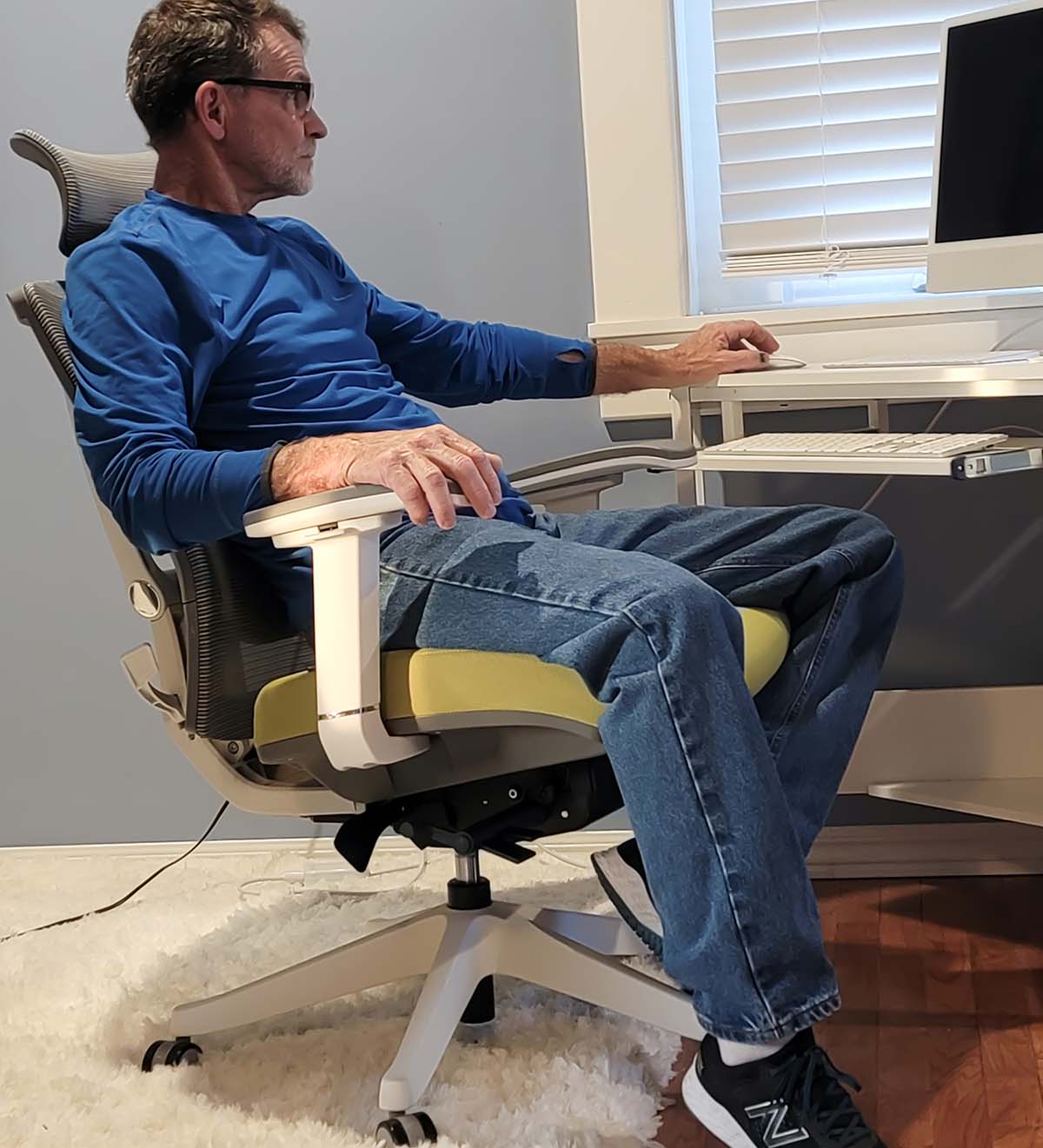
Is the ErgoChair 2 right for you?
Some users really like the ErgoChair 2; others have quite a few complaints. After a careful analysis, I think body shape and work style have much to do with whether you’ll feel the ErgoChair 2 is a winner or a loser. It seems to be a good option for those who are a bit shorter than I am (at 5 feet, 8 inches).
As of this writing, the chair sells for under $500 on both Amazon and the Autonomous website. The only color available on Amazon is gray, while buyers can shop several colors on the Autonomous site, including evergreen, which is the hue I tested.
If you’re looking for a midrange ergonomic chair, the ErgoChair 2 could be a decent pick. It didn’t suit my body type, but others loved it. If you find it challenging to maintain a straight, tall posture when sitting at your desk, the ErgoChair may help keep you upright. I’m still searching for a midrange ergonomic chair for my office, but this might be the one for you!
Where to Buy the Autonomous ErgoChair 2
Get the Autonomous ErgoChair 2 at:
Meet the Tester
Glenda Taylor is a product tester and writer specializing in the construction, remodeling, and real estate industry. She and her husband own a general contracting company, and Taylor is experienced in both residential and commercial building applications. She tests a wide range of power tools as well as other home improvement, household, and lawn-and-garden products.

